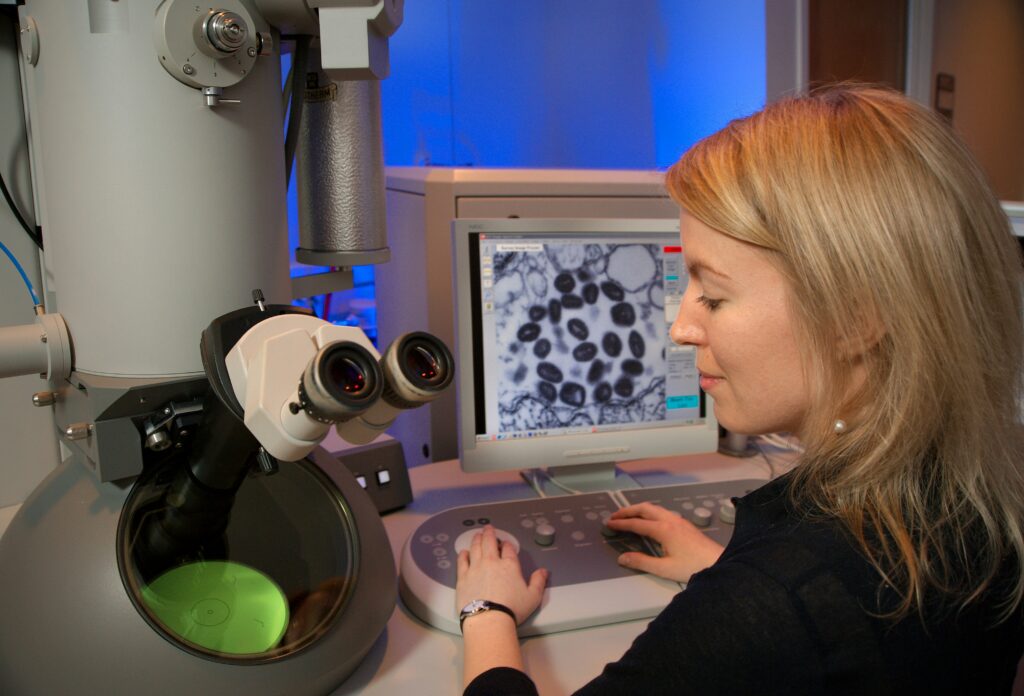In the vast tapestry of life on Earth, insects represent some of the most successful and diverse organisms, with over a million described species and potentially millions more awaiting discovery. These remarkable creatures have been on our planet for more than 400 million years, surviving mass extinctions and adapting to countless environmental changes. While many of us might think of evolution as a process confined to the distant past, scientists are uncovering fascinating evidence that insect evolution is not only ongoing but may be accelerating in response to human-induced environmental changes. Recent breakthroughs in genomic research, field studies, and laboratory experiments are revealing how insects continue to adapt and evolve in real-time, often in ways that have significant implications for ecosystems, agriculture, and human health.
The Accelerating Pace of Insect Evolution

Contrary to popular perception that evolution operates exclusively over vast timescales, scientists are documenting rapid evolutionary changes in insect populations. Research published in the journal Science has demonstrated that some insect species can evolve significant adaptations within just a few generations—sometimes in as little as 5-10 years. This accelerated evolution is particularly evident in insects with short life cycles and large population sizes, which provide more opportunities for genetic variations to arise and spread. For example, studies of fruit flies (Drosophila) have shown adaptations to temperature changes occurring within a dozen generations. These findings challenge the traditional view of evolution as an exclusively slow, gradual process and highlight insects as ideal subjects for studying real-time evolutionary dynamics.
Climate Change as an Evolutionary Catalyst
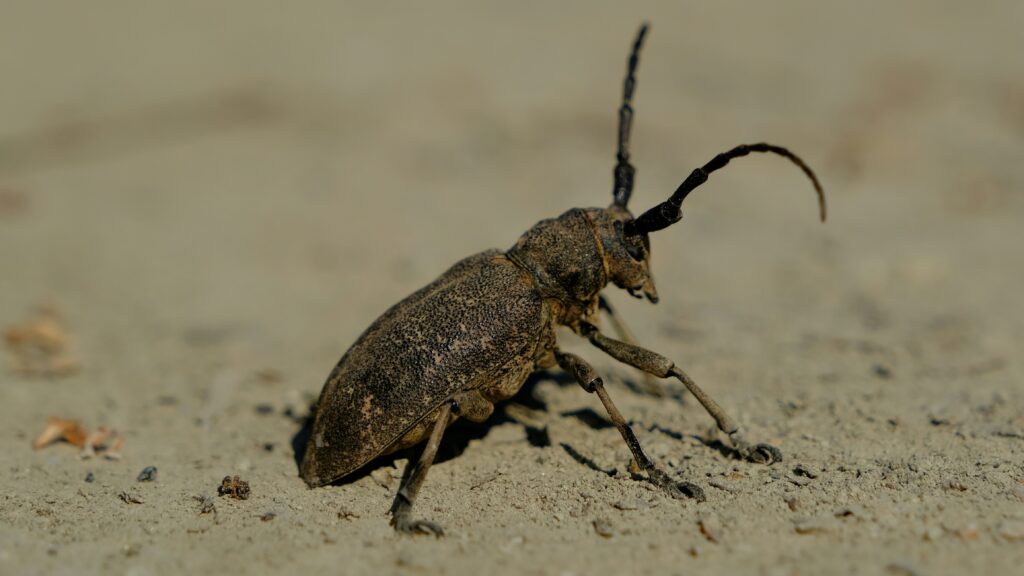
Climate change has emerged as one of the most powerful drivers of contemporary insect evolution. As global temperatures rise, researchers are documenting shifts in insect ranges, seasonal activities, and physiological adaptations. A groundbreaking study in Nature Communications revealed that some butterfly species have developed altered wing melanization patterns in response to changing temperatures, with populations in warmer regions showing lighter wing colors that reflect more heat. Similarly, researchers at Stanford University have found that certain grasshopper species are evolving heat-resistant enzyme variants that function optimally at higher temperatures than their ancestors possessed. These adaptations aren’t merely behavioral adjustments but represent genuine genetic changes that are being passed to subsequent generations, demonstrating evolution in action.
Insecticide Resistance: Evolution at Human Speed

Perhaps nowhere is insect evolution more evident—or more concerning—than in the development of insecticide resistance. More than 500 insect species have evolved resistance to at least one pesticide, with some populations now immune to virtually all conventional chemical controls. Mosquitoes that transmit malaria and dengue fever have evolved multiple resistance mechanisms, including altered target sites that prevent insecticides from binding to neural receptors and enhanced metabolic pathways that break down toxins before they can cause harm. Molecular studies have revealed that some of these resistance mutations can spread through populations with remarkable speed—in some cases becoming dominant within just 2-3 years of a new pesticide’s introduction. This evolutionary arms race between humans and insects represents one of the clearest examples of natural selection operating in real time.
Urban Environments Driving Novel Adaptations
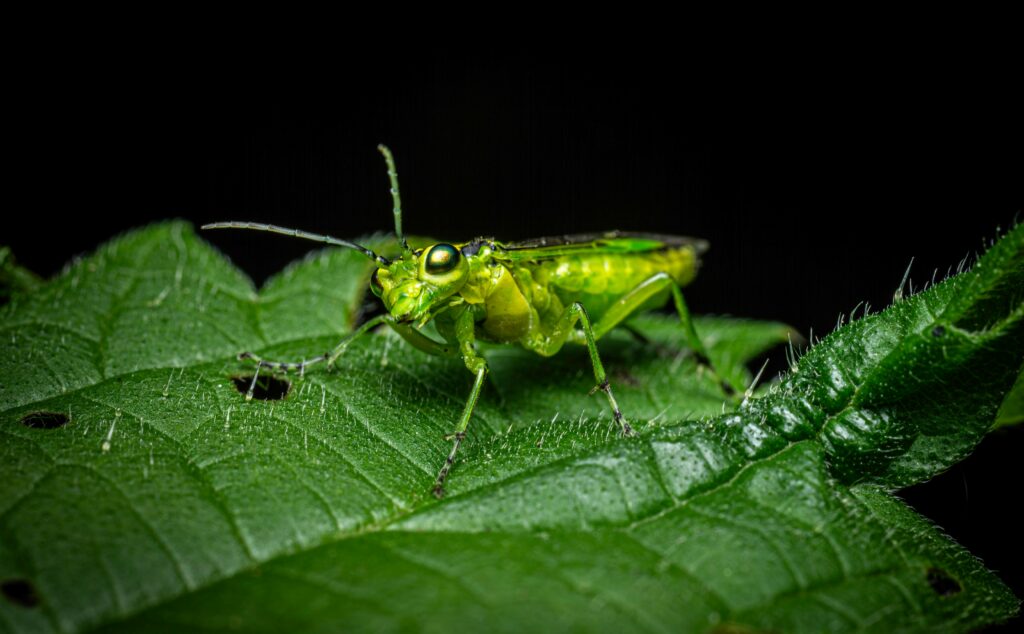
Cities and towns create unique ecological niches that are driving distinct evolutionary trajectories in insect populations. Research published in the Proceedings of the National Academy of Sciences documented how urban heat islands—areas where cities are significantly warmer than surrounding rural areas—are selecting for heat-tolerant genes in several ant species. In another fascinating example, scientists studying the London Underground have discovered that mosquitoes in the subway system have evolved into a genetically distinct population that no longer requires a blood meal before laying eggs and can breed year-round in the climate-controlled tunnels. These mosquitoes are now so different from their above-ground relatives that they can no longer interbreed successfully, suggesting the early stages of speciation occurring over just a century. Such urban-adapted insects offer a glimpse into how human modification of landscapes is reshaping evolutionary trajectories.
Agricultural Pressures and Host-Shifting

Modern agricultural practices represent another powerful evolutionary force shaping insect populations. Monoculture farming creates vast landscapes of single crops that can drive rapid adaptation in pest species. Researchers at Cornell University have documented cases of host-shifting, where insects evolve to feed on entirely new plant species after being exposed to agricultural crops. The brown planthopper, for instance, has evolved distinct genetic variants specialized for different rice varieties in less than 100 years. Similarly, the introduction of genetically modified Bt corn designed to kill certain pests has led to the evolution of resistance in corn rootworms in some regions, with genetic studies confirming that these adaptations involved changes to gut receptor proteins that previously bound to the Bt toxin. These agricultural adaptations demonstrate how human food production systems can inadvertently accelerate insect evolution.
Genomic Tools Revealing Hidden Evolutionary Changes

Advances in genomic technologies are revolutionizing scientists’ ability to detect and understand insect evolution at the molecular level. High-throughput DNA sequencing now allows researchers to analyze thousands of insect genomes simultaneously, revealing subtle evolutionary changes that would have been impossible to detect even a decade ago. A landmark study using these techniques examined 150 years of preserved butterfly specimens and identified genetic changes corresponding with industrial pollution, agricultural intensification, and climate change. Another fascinating application involves tracking the evolution of detoxification genes in honeybees exposed to various agricultural chemicals, with researchers identifying specific genetic variants that have increased in frequency over the past 30 years. These genomic approaches are providing unprecedented insights into both the pace and mechanisms of ongoing insect evolution.
Microbiome Evolution: The Hidden Dimension
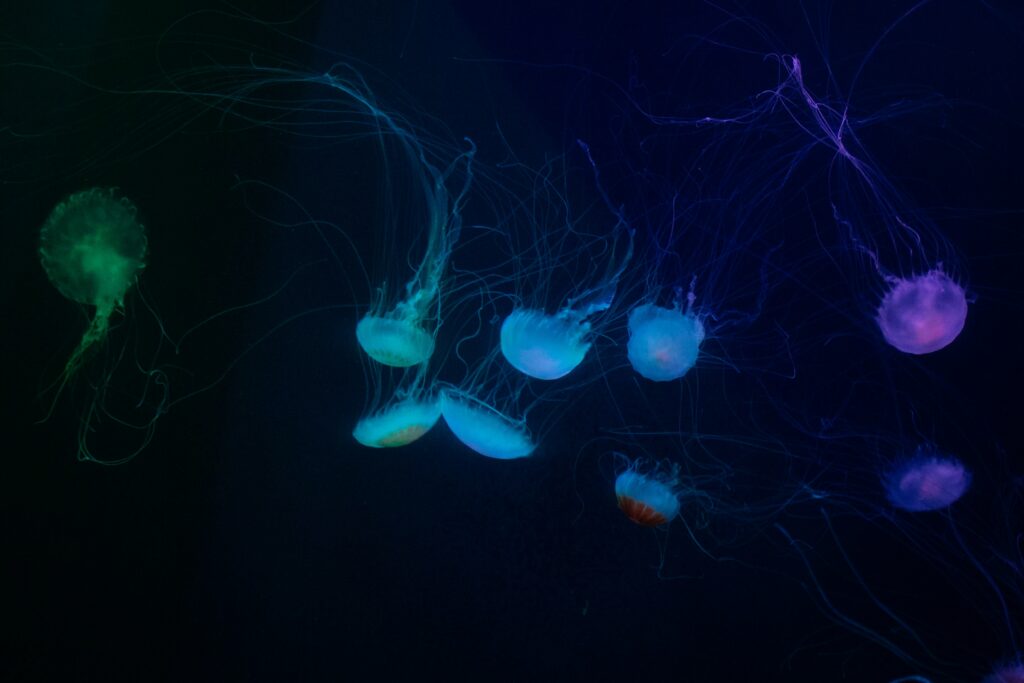
One of the most exciting frontiers in understanding insect evolution involves the complex relationships between insects and their microbiomes—the communities of bacteria, fungi, and other microorganisms that live within them. Research published in Cell has shown that many adaptations previously attributed to insect genetics actually involve changes in their microbial partners. For example, when certain stinkbugs colonize new host plants, they rapidly acquire new gut bacteria that help them digest these unfamiliar food sources. Similarly, some beetle species have evolved specialized structures called mycetomes that house symbiotic fungi capable of breaking down otherwise indigestible plant components. Scientists at the Max Planck Institute have documented cases where the transfer of microbes between insect populations has enabled rapid adaptation to new environments without changes to the insect’s own genome, representing a previously underappreciated mechanism of evolutionary change.
Fragmented Habitats and Population Divergence
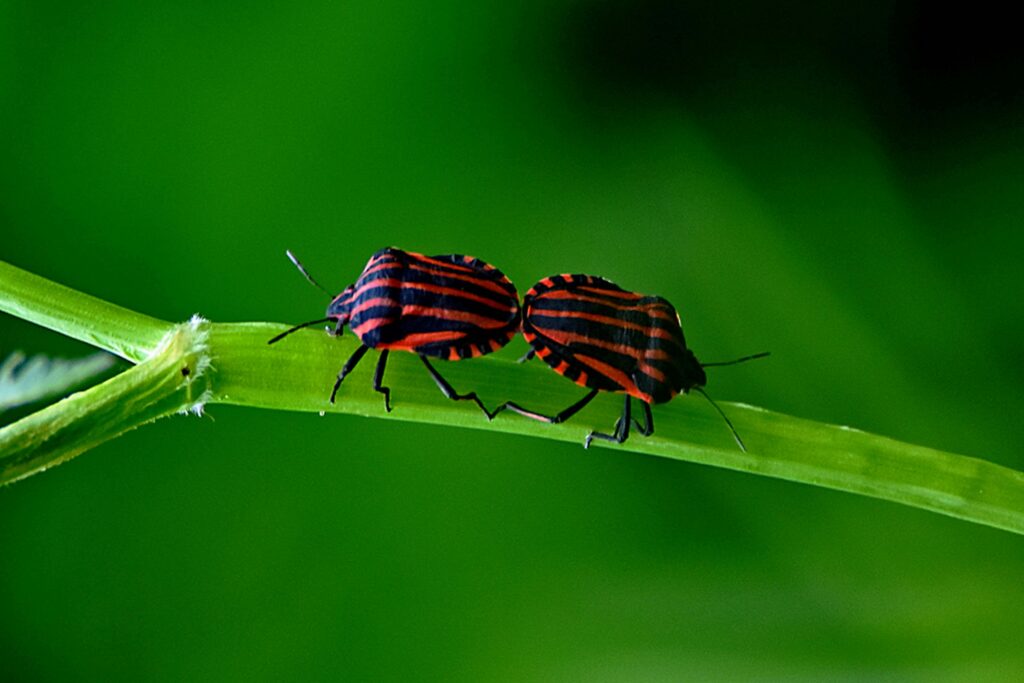
Habitat fragmentation due to human development is creating evolutionary laboratories across the landscape, with isolated insect populations evolving along increasingly different trajectories. A comprehensive study in Nature Ecology & Evolution examined butterfly populations in fragmented forest patches and found genetic divergence occurring over distances as small as 5-10 kilometers when habitat barriers prevented movement between populations. Researchers at the University of California documented similar patterns in ground beetles, with populations in forest fragments showing reduced wing development compared to their counterparts in continuous forest—a morphological shift that occurred in less than 50 years. These findings suggest that our fragmented landscapes are accelerating the pace of insect evolution by creating numerous isolated populations, each adapting to slightly different local conditions without the homogenizing effect of gene flow.
Evolutionary Responses to Biological Invasions
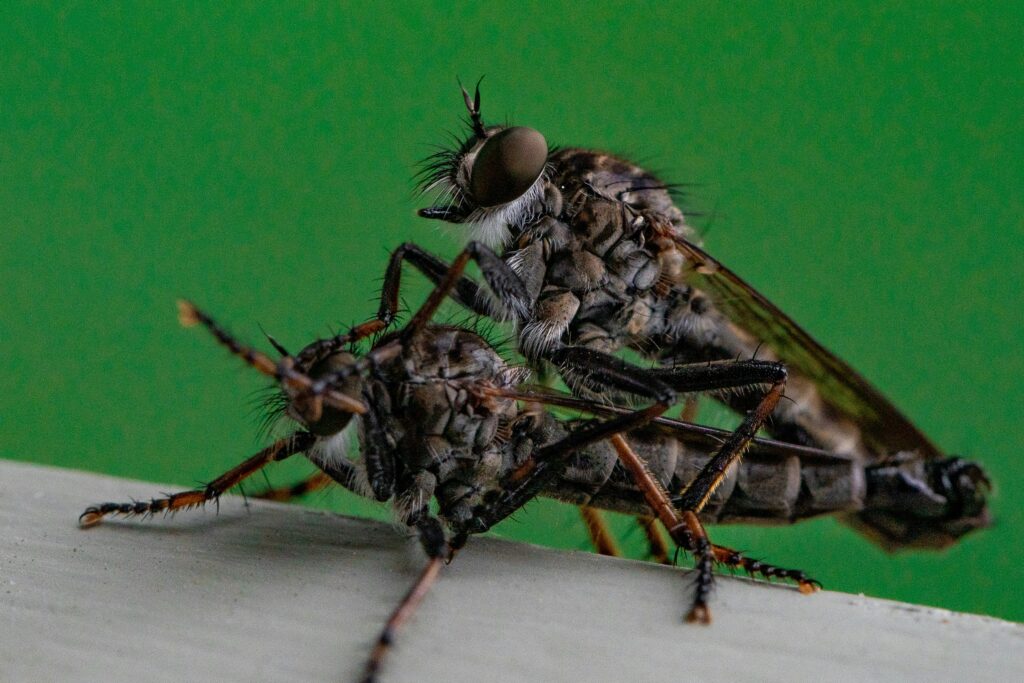
The global movement of species has created evolutionary pressures as native insects encounter new competitors, predators, and parasites. Research in the journal Evolution has documented cases where native insects rapidly evolve in response to invasive species. For instance, native lacewings in North America have evolved behavioral and physiological defenses against an invasive ladybeetle in just 15-20 years. Similarly, some native butterflies have evolved altered host plant preferences to avoid competing with invasive moth species. Perhaps most remarkably, a study in Current Biology demonstrated that certain native parasitoid wasps have evolved new recognition systems to locate and parasitize invasive hosts that were absent from their environment just decades ago. These examples highlight how biological invasions are creating novel selection pressures that drive rapid evolutionary responses in insect communities worldwide.
Pollinator Evolution in Changing Landscapes
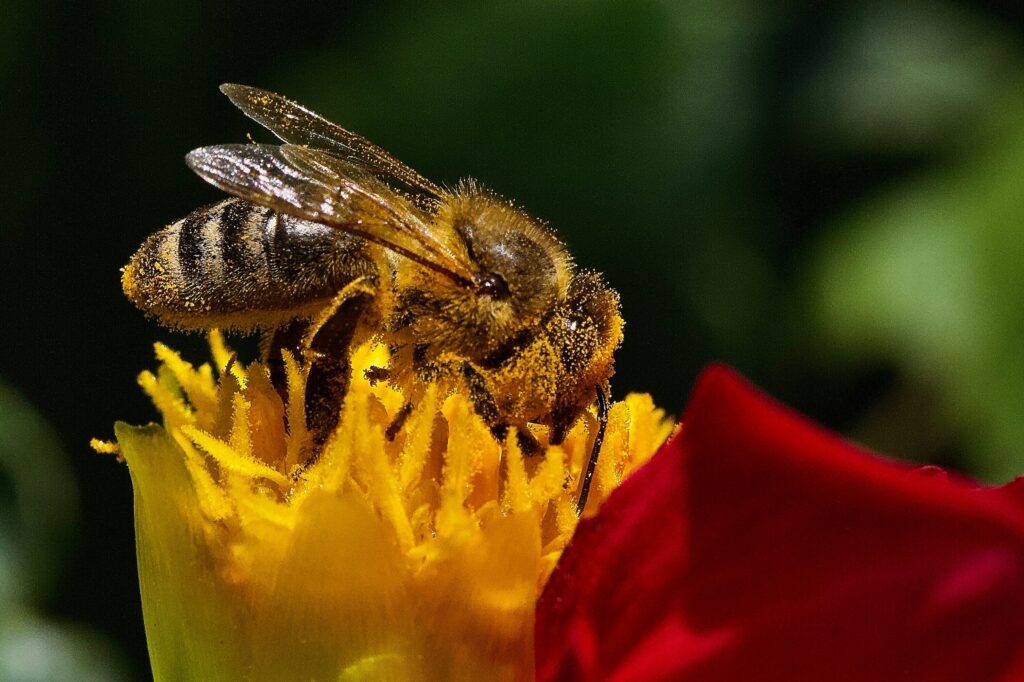
Pollinators face unprecedented challenges that are driving fascinating evolutionary adaptations. Researchers have documented changes in tongue length among bumblebee species in response to shifting floral communities, with populations in areas with declining deep-flowered plants evolving shorter tongues over just 40-50 years. Studies in agricultural landscapes have revealed that some butterfly species are evolving increased tolerance to neonicotinoid pesticides, with genetic variants that enhance detoxification becoming more common in intensively farmed regions. A particularly striking example comes from Japan, where researchers documented a moth species evolving to detect and avoid spider predators that had themselves recently evolved to hide on a particular flower species the moths pollinate. This complex coevolutionary dance illustrates how multiple species can influence each other’s evolutionary trajectories in interconnected ecological networks.
Social Insect Evolution: Collective Adaptation
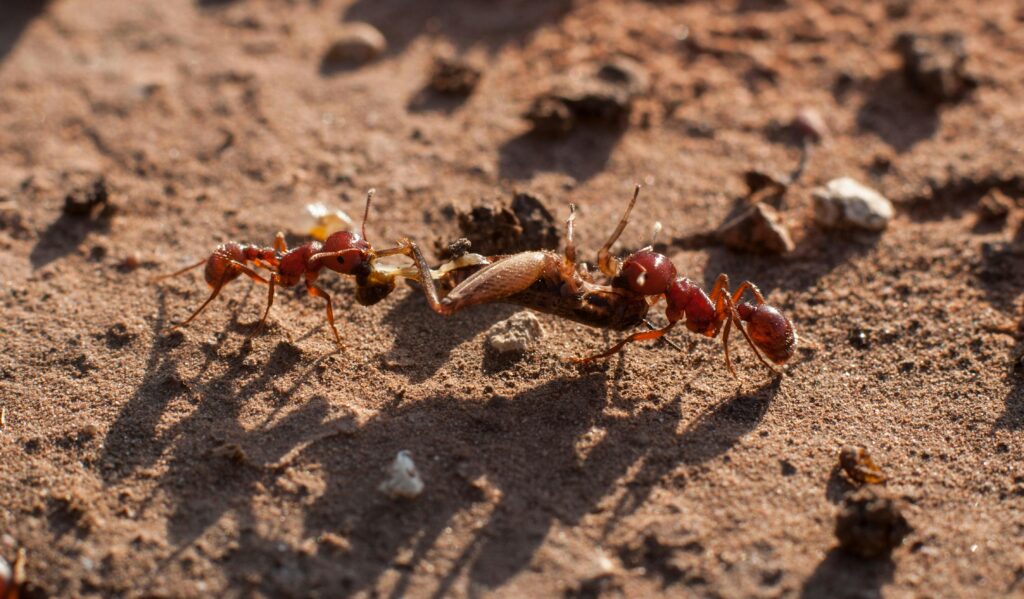
Social insects like ants, bees, and termites offer unique insights into evolution because selection operates at both individual and colony levels. Recent research has revealed surprisingly rapid evolutionary changes in colony structure and behavior. Scientists studying Argentine ants in California have documented the evolution of altered colony recognition systems in introduced populations, allowing the formation of massive supercolonies that would be impossible in their native range. Honeybee researchers have identified genetic changes related to hygienic behavior—where bees detect and remove diseased larvae—becoming more prevalent in populations regularly exposed to certain pathogens. Perhaps most remarkably, a long-term study of paper wasps published in Science demonstrated the evolution of more complex facial recognition patterns in species that have recently become more social, suggesting that cognitive abilities can evolve rapidly when social complexity increases. These findings highlight how collective behaviors create unique evolutionary dynamics in social insects.
The Future of Insect Evolution in the Anthropocene
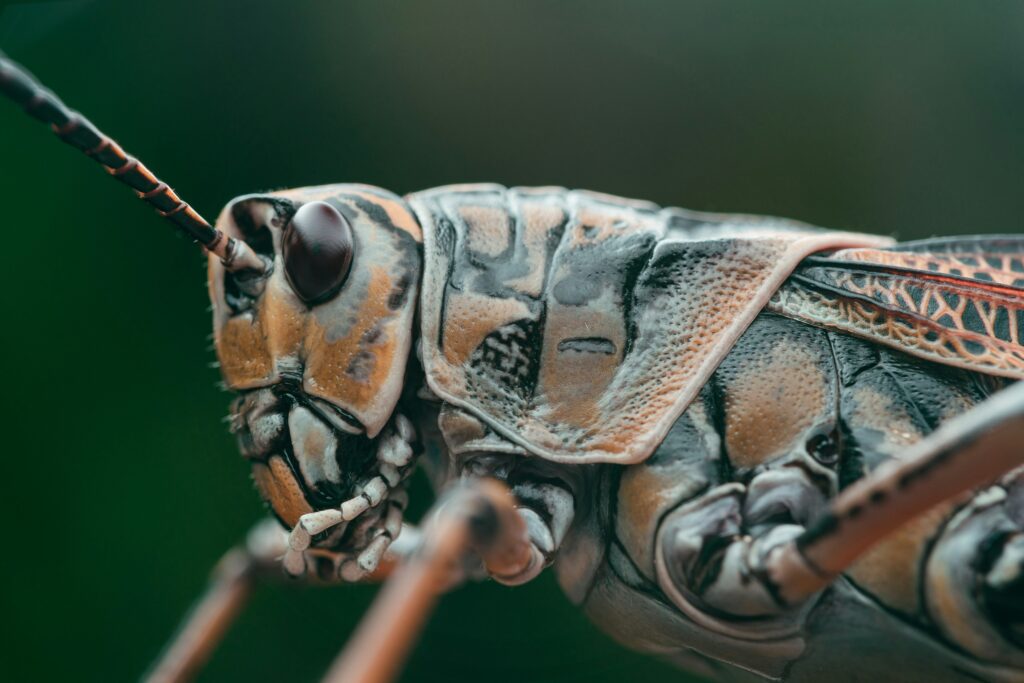
As we look to the future, scientists are using experimental evolution, mathematical modeling, and field studies to predict how insect populations might continue to evolve in response to ongoing environmental changes. Research published in Global Change Biology suggests that while some insect groups show remarkable evolutionary resilience, others face genetic constraints that limit their adaptive potential. Computer simulations based on current evolutionary rates predict that some agricultural pests could evolve complete resistance to all current control methods within the next 20-30 years, while certain disease vectors might evolve altered host preferences or feeding behaviors. Many researchers are particularly concerned about potential evolutionary mismatches, where interacting species evolve at different rates in response to environmental change, potentially disrupting ecological relationships that have developed over millions of years. These forward-looking studies emphasize that understanding ongoing insect evolution is not merely academically interesting but critically important for addressing challenges in conservation, agriculture, and public health.
Conclusion: The Evolutionary Lessons of Insects

The accumulating evidence of ongoing and often rapid insect evolution offers profound lessons about the adaptability of life on Earth. While many insect species face dire threats from habitat destruction, climate change, and other human activities, the evolutionary resilience demonstrated by others reminds us that life finds ways to persist and adapt—sometimes in surprising directions. The insects buzzing, crawling, and flying around us are not static relics of ancient evolutionary processes but dynamic organisms continuing to change in response to the conditions we are creating. By studying these evolutionary responses, scientists gain insights not only into fundamental biological processes but also practical knowledge that could help us address pressing challenges from pest management to disease control. As we continue to reshape Earth’s environments, understanding and sometimes working with insect evolution rather than against it may prove essential to creating a sustainable future for both insects and humans.

